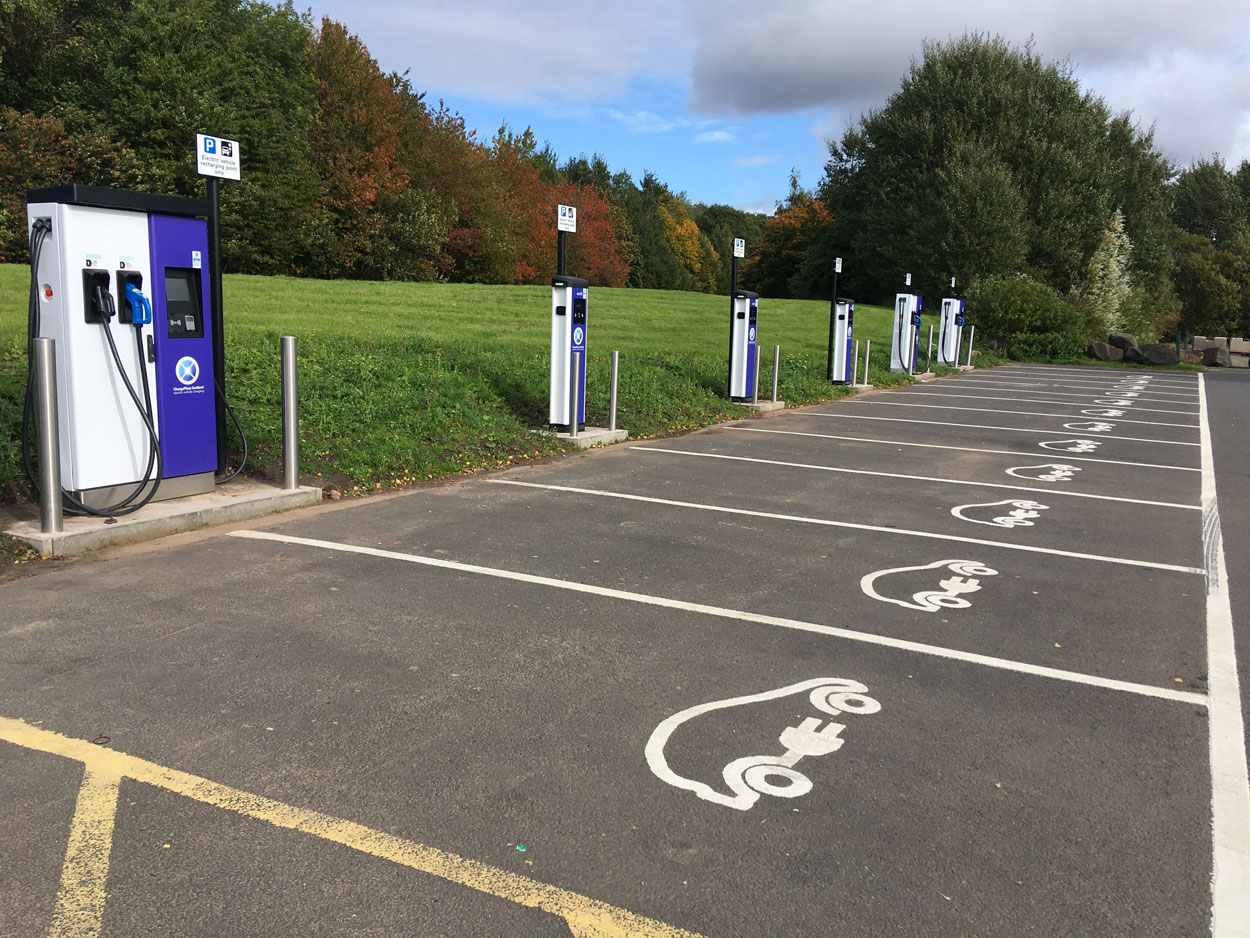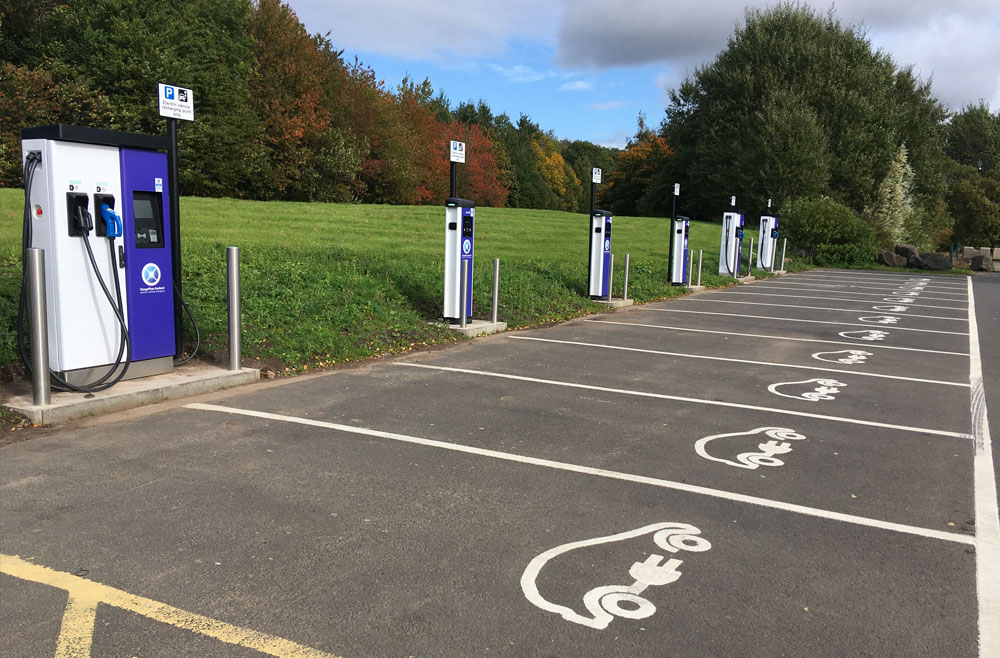Why do electric vehicles need microgrids? There are a number of reasons, including circumventing restraints on the amount of power available from the grid, cost reductions and energy saving, increased flexibility and resilience and an increase in the amount of green power available.
Microgrids can assist with electric vehicle (EV) charging where there are constraints on the amount of power that is available from the grid at any one time. This is particularly true in cities and also very true in the wake of extreme weather events, especially in locations that are particularly susceptible to such occurrences.
For example, in 2012, a particular type of wind storm known as a derecho hit Montgomery County in Maryland, causing widespread damage and a number of power outages. Following the storm, government officials in Montgomery decided to improve resilience in the area by constructing two microgrids that would help with EV charging in the area. Duke Energy Renewables along with Schneider Electric were approached to deliver the project.

Why Electric Vehicles Need Microgrids
Given that moves to electrify vehicle fleets operated by particular organizations or businesses can be fairly complex, construction of a microgrid in combination with electrification of a vehicle fleet can help to reduce the complexity involved in the process. Charging with power from a microgrid can be much more flexible than from a connection to the central grid. It can also help to generate power and cost savings, particularly if the grid has difficulty accommodating the extra loads that an increase in EVs in various areas can impose upon it.
The risk of there being a shortage of power available for charging from the central grid increases with the amount of fast chargers being deployed, given that increasingly, people seem to want fast charging rather than to wait and charge their EV at home or at a slower public charger. Fast chargers can easily require double the amount of power than, say, the air conditioning system and oven in an average home. This in turn forces the local utility to adapt the grid accordingly, and that can take months to achieve.

A second example of the advantages of using microgrids to support EVs is the decision taken by Schneider’s North American Research and Development Centre in Andover Massachusetts, in 2018, in which a microgrid was constructed utilizing energy storage and rooftop and parking canopy solar backed up by some natural gas generation. The aim was to make sure there was enough power available for EV charging and thus by extension make the purchase of EVs by Schneider company employees more attractive.
The microgrid helped to simplify the task of providing adequate charging facilities and that in turn helped to reduce the cost, thereby making EV charging more affordable. Costs for provision of charging using this approach can be further reduced if the microgrid and charging infrastructure is provided through an energy-as-a-service (EaaS) model, which eliminates the need for any upfront capital expenditure.
Another advantage is that ownership of the microgrid means payment to a utility for power is unnecessary. However, an interesting development is a trend towards utilities themselves installing microgrids, or partnering with other organizations in order to do so. The advantages of this is obvious when governments and the public are demanding more green electricity and distributed power.
Photo credits: (Colin D / Unsplash) (Jorgen Hendriksen / Unsplash)
